Hello fellow droners! I hope you had a very good night’s sleep and are starting your weekend well-fed. And today, we’re going to talk about just that: food.
Specifically, the kind you bring to the table with your DJI drone business.
Well, maybe not exactly the food on the table, but at the beginning, it’s just an extra battery for your drone, then a date with your wife or husband, and next—without you even realizing it—it’s a brand new computer so you can edit faster!
Everything starts with an idea: to FLY with your DJI drone. That’s how it begins. I just wanted to see how things look from high up without having to climb tall buildings or take a plane somewhere. It’s that childlike curiosity that hooks us all, isn’t it?
And then fly, shoot, keep flying, keep shooting. Saving everything. Learning by force. Waking up at 5 am just to learn how to fly low and slow, not going even 200 ft from the takeoff position. I remember the first time a friend asked me to make a flight from an avenue to where his restaurant was. And I said no. Straight up. Without thinking too much.
Because with the level of expertise I had at the time and the electric cables plus the trees, that would be a crash and burn scenario. Just like mixing tequila and important text messages at 2 AM – nothing good can come from it!
I had flying time at that point, but it didn’t feel safe to take on a job without feeling confident. That’s why I practiced that much (at least 1 year) before even flying in sport mode. Call me scared, but I think that mentality saved me from a lot of possible accidents. Like I read once on a manual: “There are old pilots and bold pilots, but very few old, bold pilots.”
And then, the first chance came
And then, one day when I was already better at maneuvers, I received a call from someone who wanted pictures (not even video!) of their land for sale.
“That’ll be easy,” I thought, puffing up my chest like a proud pigeon.
How wrong was I.
You know, if someone asks you to fly over lots of land for sale, and the place is very, very level, with no bumps, no trees, and not even a little earth elevation nearby, TRUST me: that place is going to be windier than a politician during election season.
But I didn’t have that knowledge at the time. I took off and oh, lo and behold, almost the same second I hit 200 ft, my drone nearly turned upside down. That was the first warning. Mother Nature’s way of slapping me on the wrist and saying, “You thought you knew everything, huh?”
So I started doing what the people who charge for flying do: studying and getting better at their craft. Their craft meaning not only flying better and smoother, giving the customer better visuals, but also getting insurance (just in case), planning to get a second drone (just in case), and of course, reading the winds with my eyes, apps, and obviously, an anemometer.
I’ve been a photographer for at least 27 years, and the moment I got my second camera body, I totally understood why the pros do that: because tools fail. And if you’re charging money for it, you have to be prepared. It’s like bringing two umbrellas to an outdoor wedding shoot in Quito – one is just tempting fate.
I didn’t stop flying for fun. My work progression came after those pictures for realtors led to other realtors calling me after seeing my work. And then restaurants, clubs, and malls wanted to show their locations. If you haven’t started earning money with your drone yet, practice flying over a big street that takes you to a specific business or place… that’s the first thing clients ask for.
Then, start studying composition and visual language, so your pictures actually transmit something instead of just showing a physical location. That can be done with Google Maps. Instead, you add the art and vision to the work you deliver.
What really sets professional drone work apart is the storytelling element. Anyone can point a camera down from 300 feet and capture a building. But can you make viewers feel something? Can you make a hotel look so inviting that people are already mentally packing their suitcases? That’s the difference between a hobbyist and a professional – not the gear, but the vision.

And a few years passed by. Licenses, more insurance, and especially more wisdom that came after endless hours of flying. But not all experience comes from paid work. It comes from practicing for yourself. And maybe before you break the 10,000-hour rule, you’re already providing value, locked, loaded, and ready to roll to get this time not a new drone, but hey, a new car! Why not?
The transition from hobbyist to drone entrepreneur isn’t just about the money – it’s about the mindset. It’s when you stop saying, “Look at that cool shot I got!” and start asking, “How can I create value with this technology?” It’s when you realize your drone isn’t just a flying camera; it’s a business tool that happens to be really fun to use. And isn’t that the dream? Turning something you’d happily do for free into something people happily pay you for?
So, how has your transition from hobbyist to businessperson of the UAVs been? Let me know in the comments. And if you’re still in the hobby phase, what’s holding you back from making that leap? Sometimes all it takes is one client to start your engines – or should I say, propellers?
Discover more from DroneXL.co
Subscribe to get the latest posts sent to your email.
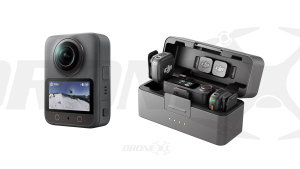
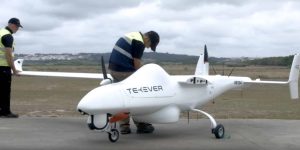
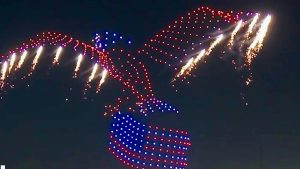





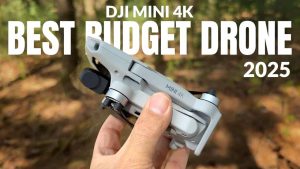

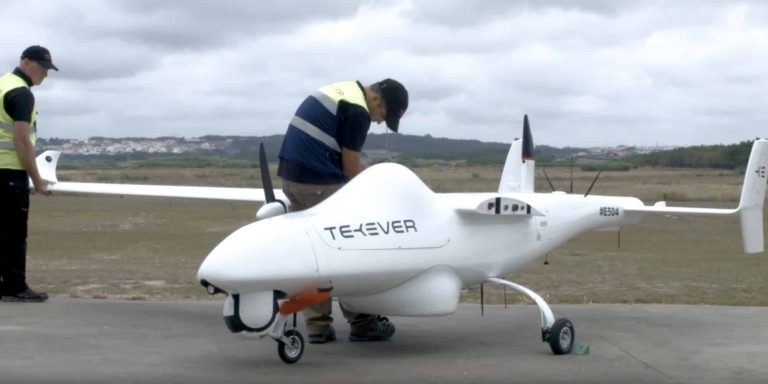
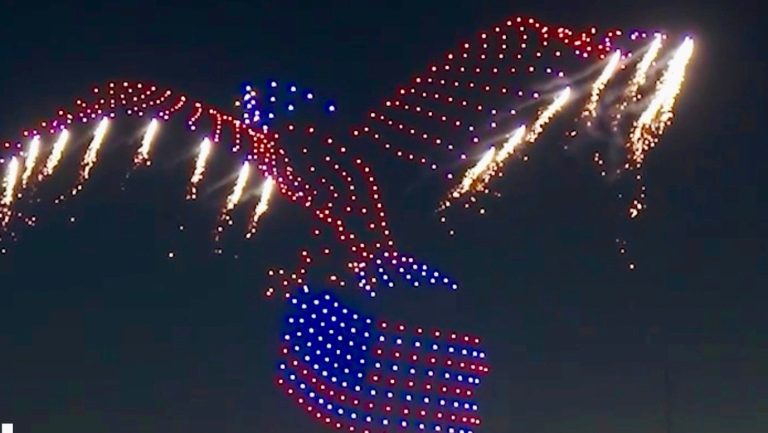
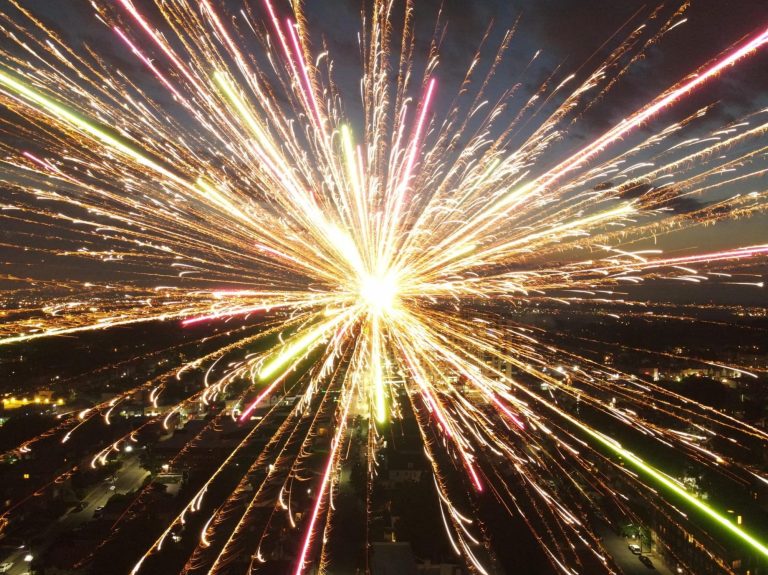
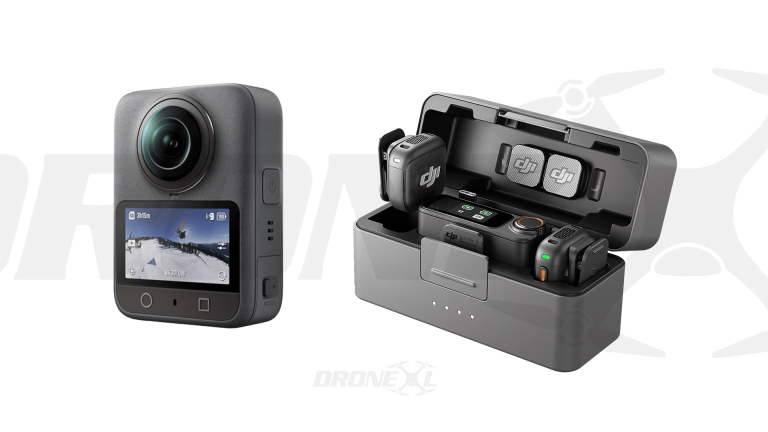

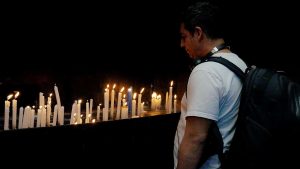
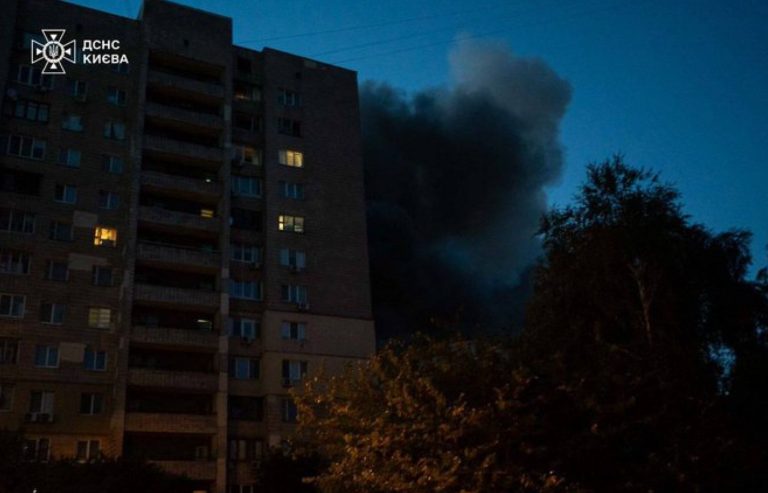
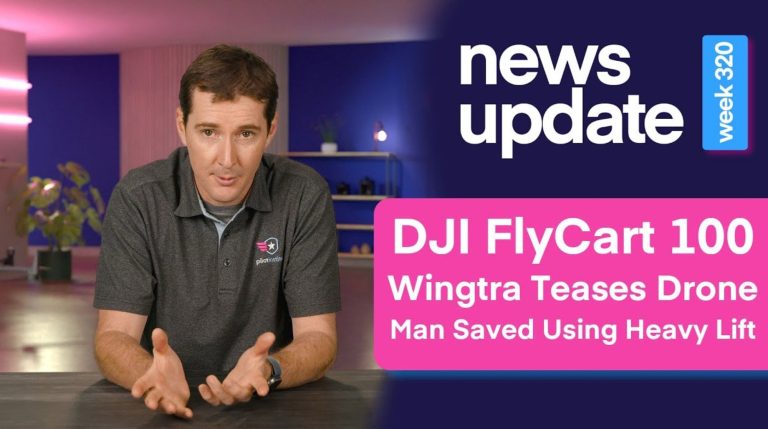
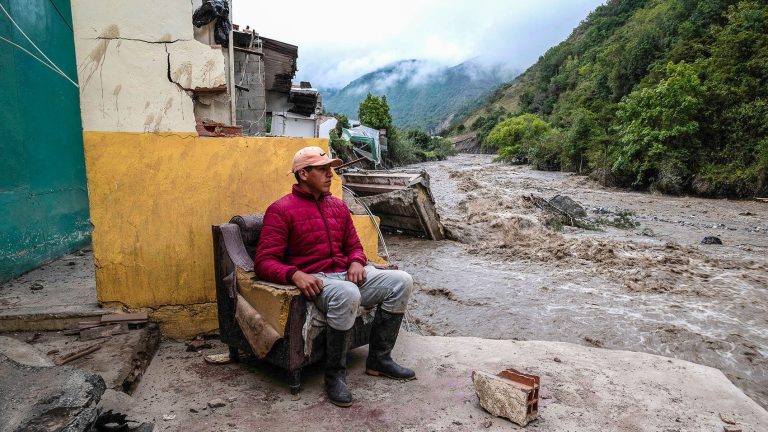

+ There are no comments
Add yours